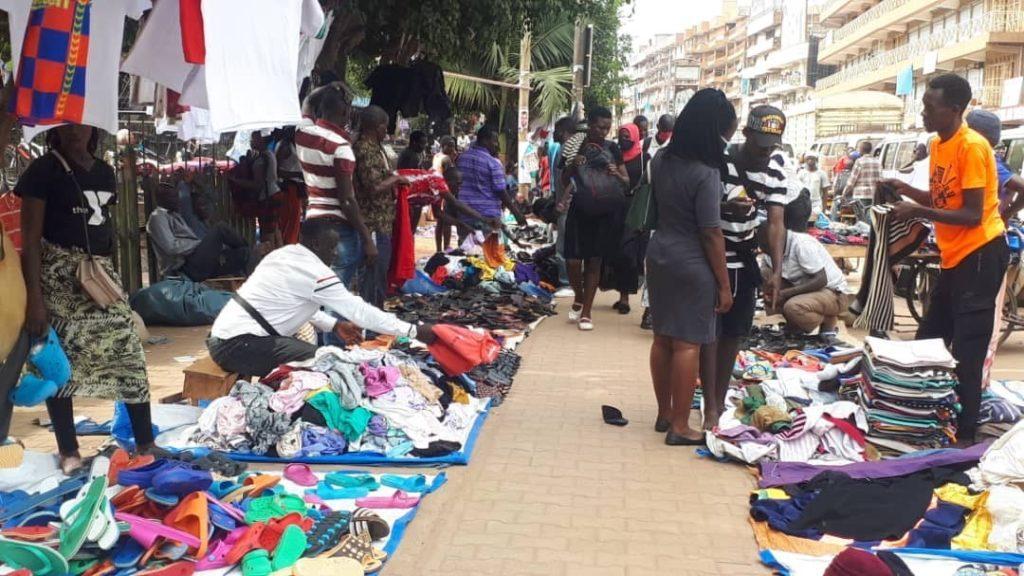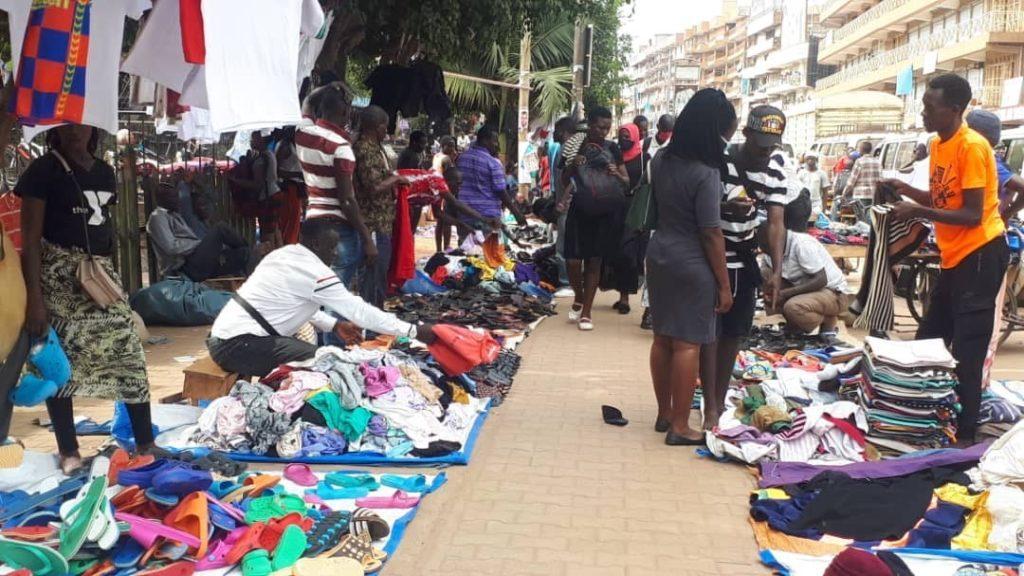
All over the world, COVID-19 has redefined how we live our lives in the past year. Sadly, and more importantly, the pandemic has also claimed a lot of lives so far – with no end in sight yet. Although relatively “spared” compared to some other parts of the world, by February 2 Africa had registered 3,582,022, COVID-19 cases and 91,517 deaths (with 3,075,651 recoveries). In recent months, as media started to report on a (more aggressive) “second wave” in a number of sub-Saharan African (SSA) countries, workplaces have perhaps become “the number one risk”. In this article, we explore why this is the case.
When the first wave started, around March 18, 2020 (when there were only approximately 700 cases), most sub-Saharan African countries instituted lockdowns to buy some time to prepare their health systems to respond to the pandemic. At the time, COVID-19 cases were being managed at National and Regional referral hospitals and showed up with barely any adverse symptoms. During the lockdown, sectors including health, banking, manufacturing and agriculture among others continued to work and workplaces were not regarded as high risk for transmission of COVID-19. Limited social activities, coupled with many formal sectors moving towards working from home, allowed to curtail the spread and progression of the disease. As reported elsewhere, that doesn’t mean the lockdowns didn’t come with a lot of damage in sub-Saharan African countries. Indeed, given the substantial hand-to-mouth economy in many sub-Saharan countries, a large section of the population would rather live with the consequences of COVID-19 than die of hunger.
As of June 9, 2020, when most governments started to relax the lockdowns, there were approximately 204,156 COVID-19 confirmed cases. A large section of the population that could not work from home quickly resumed working, thus increasing their chances of contracting the disease. In SSA, the informal sector makes up a large percentage of workers. In Uganda, for example, the informal sector includes garages, welders, carpentry, markets, hawkers, shoe shiners, hair salons/beauty parlours and wheel barrow pushers among others. Together, they account for more than 60% of the working population. For many, certainly in the informal sector where most are not able to work from home, workplaces became increasingly risky settings when lockdowns were lifted. Between June and August 2020, confirmed COVID-19 cases increased more than fivefold, from 204,156 to 1,066,988 cases respectively. The work environment was one of the main drivers of this steady increase, and continues to be part of the reason why we now face a ‘second wave’ in a number of SSA countries (even if this second wave is more pronounced in some countries than in others).
Below we shed some more light on why work environments are “risky COVID-business” for many.
Pretty soon in the pandemic, both the World Health Organisation (WHO) and the International Labour Organisation (ILO) developed standard operating procedures (SOPs) with detailed recommendations for health and safety practices and approaches to COVID-19 prevention. Among others, they include: organizing work in a way that allows for physical distancing of at least 2 metres from other people; avoidance of face-to-face meeting while giving preference to phone-calls, emails or virtual meetings; compulsory use of masks while at the work place; ensure regular cleaning and disinfecting of desks, workstations, doorknobs, telephones, keyboards and working objects in common areas including rest rooms; provision of a functional hand-hygiene facility with running water and soap or hand sanitizers for customers, staff or visitors at entrances and exits; provision of functional hand-hygiene stations within 5m of toilets/latrines, promoting and communicating good respiratory hygiene at the workplace such as covering your mouth and nose with your bent elbow or using a tissue when coughing or sneezing; provision of appropriate facemasks and paper tissues at worksites; and improving exhaust ventilation and providing more clean make-up air to rooms and premises with high risk of exposure to the virus.
Due to financial, infrastructural or social reasons, many workplaces in sub-Saharan countries could not observe these guidelines, however. Yes, some workplaces, especially the formal ones, have put in place measures to reduce the spread of COVID-19: some workplaces are indeed already minimizing overcrowding, conducting surveillance for COVID-19 signs and symptoms, fast-tracking infected patients, providing easy access to handwashing facilities, providing isolation rooms, anterooms and shower facilities, and stepping up their supply of protective gear like face masks. Plenty of other workplaces, however, have failed to put in place most of these measures so far.
Adherence to COVID-19 prevention guidelines faces a number of obstacles in many sub-Saharan countries.
First, there’s the overall lack of PPE (Personal Protective Equipment) in a number of SSA countries, including Uganda. Very soon in the COVID-19 pandemic, PPE became a matter of life and death for many front line health workers. Many health workers did not have access to basic PPE including face masks and gloves, among others. This obviously increased their risk of contracting COVID-19. To-date, Uganda has lost approximately 17 health workers including 3 experienced and prominent consultants and leaders in their fields. Given the overall lack of PPE, more basic masks flooded the market with several people and companies investing in their production. However, many people don’t bother to wear their masks at all times while in the workplaces.
Second, in addition to casually wearing masks, a lack of constant supply of utilities such as soap and water or hand sanitizers also reduced the population’s adherence to the SOPs. And last but not least, with a large proportion of the population working in congested spaces like markets, arcades, bus parks etc., “physical distancing” is also easier said than done in many settings.
For all these reasons, many formal and certainly most informal workplaces in sub-Saharan Africa were not prepared to prevent and control COVID-19, thus turning into high risk zones.
Despite the commendable efforts by pharmaceutical companies like Moderna, Pfizer, AstraZeneca and others in vaccine development and rollout, projections show that most sub-Saharan African countries will only achieve widespread vaccination coverage by the beginning of 2023. This implies that the COVID-19 prevention and control SOPs will still be the “number one” protection mechanism against COVID-19 for many months to come. Therefore, it is important for workplaces to fully implement and streamline the COVID-19 prevention and control guidelines in order to reduce the surge of Covid-19 related morbidity and mortality. Even if we agree it’s easier said than done in some settings, far more can be done than currently is the case.
